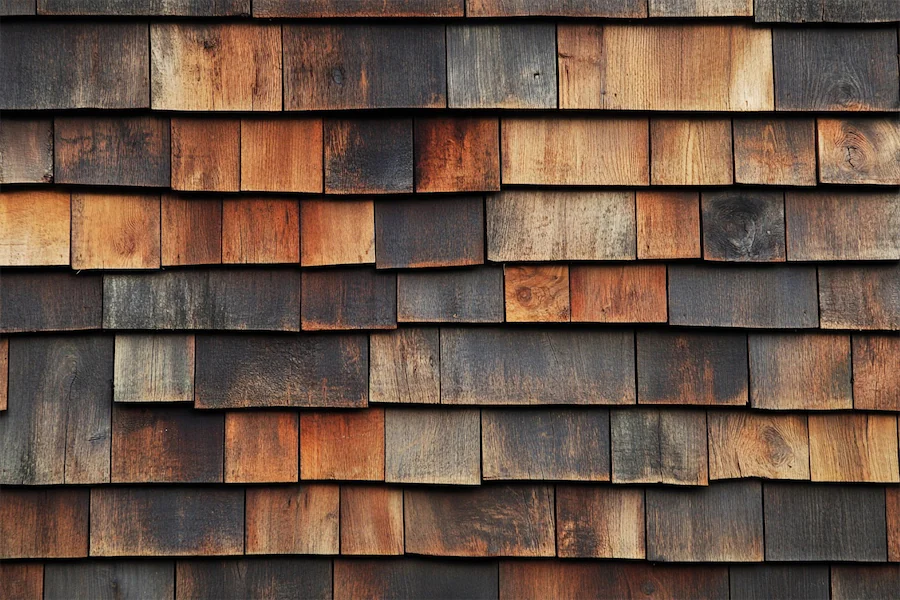Shingle Style architecture, which gained popularity in the United States during the late 19th century, is distinguished by its distinctive wall designs that emphasize the use of wooden shingles as exterior cladding. This approach creates a uniform, textured surface that seamlessly integrates with the natural surroundings.
History and Origins of Shingle Style Wall Designs
Emerging in the 1880s, Shingle Style architecture was a response to the ornate and heavily decorated Victorian styles prevalent at the time. Architects sought to create a more cohesive and natural aesthetic by utilizing wooden shingles to cover the entire building, including walls and roofs. This technique not only provided a unifying exterior but also allowed for complex, irregular shapes and forms without the interruption of corner boards or excessive ornamentation.
Key Features of Shingle Style Wall Designs
Shingle Style wall designs are characterized by several distinctive features:
- Continuous Wood Cladding: The hallmark of Shingle Style is the use of wooden shingles that wrap around the structure, creating a continuous skin that blurs the distinction between walls and roof. This unification emphasizes the building’s volume and form rather than decorative details.
- Asymmetrical Facades: Walls often feature irregular shapes, including towers, turrets, and expansive porches, contributing to a dynamic and picturesque silhouette. The shingle cladding adapts to these forms, maintaining the seamless appearance.
- Minimal Ornamentation: Unlike other Victorian-era styles, Shingle Style minimizes the use of decorative elements, allowing the natural texture and pattern of the shingles to serve as the primary visual interest. This restraint results in a more subdued and harmonious aesthetic.
- Natural Materials and Colors: The use of natural wood shingles, often left untreated or stained in earthy tones, helps the structure blend with its environment, reinforcing the connection between the building and its landscape.
Applications of Shingle Style Wall Designs
Shingle Style wall designs have been applied in various contexts, including:
- Residential Architecture: Many homes, particularly in coastal areas of New England, feature Shingle Style designs that convey a sense of informality and connection to nature. The continuous shingle cladding allows for creative and complex forms, accommodating the needs and preferences of homeowners.
- Historic Preservation: Numerous Shingle Style buildings are preserved as part of America’s architectural heritage, showcasing the style’s unique approach to form and materiality. These structures often serve as educational resources and inspiration for contemporary design.
Considerations When Choosing Shingle Style Wall Designs
When selecting Shingle Style wall designs, consider the following:
- Maintenance: Wooden shingles require regular upkeep to protect against weathering, rot, and insect damage. Proper treatment and maintenance are essential to preserve the integrity and appearance of the cladding.
- Climate Suitability: The performance of wood shingles can vary depending on the climate. In regions with high humidity or extreme weather conditions, additional measures may be necessary to ensure durability and longevity.
- Material Sourcing: Choosing high-quality, sustainably sourced wood for shingles not only enhances the building’s aesthetic but also contributes to environmental responsibility.
Conclusion
Shingle Style wall designs offer a distinctive and cohesive aesthetic that emphasizes natural materials and harmonious forms. By enveloping structures in continuous wooden shingles, this style creates a seamless connection between the building and its environment, reflecting a thoughtful and restrained approach to architectural design.
